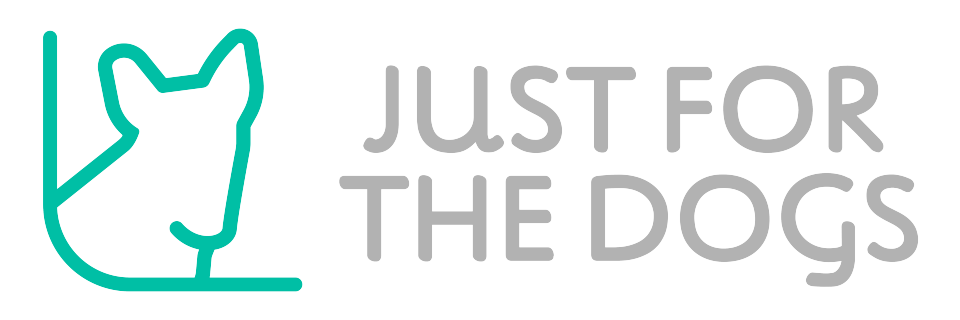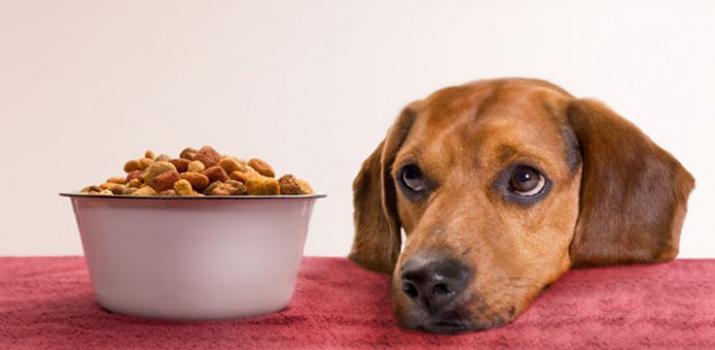Last Updated on October 12, 2018
The dog food that promises your dog a luxurious coat and a good health may be telling lies.
They endorse that the fats, grains, and meats used in these are of the best quality and that whole grains, quality fats, lamb, beef and chicken, which constitute these food items are taken from hygienic sources.
However, all these claims can be challenged.
The dog food that we buy with so many expectations is many times all made up of garbage. Let’s have a look at what lies beneath the false claims of these companies.
When you go out to buy a dog food, we are sure you take a glance at the labels. However, do not be fully assured of the fact that what labels show is exactly what the food is having. The full story is untold. Consumers are exploited and deceived by the charming advertisements and promises of such companies.
You will be shocked to find that the food components of these dog foods are many times other animals.
Dead animals, which cannot be buried, are taken up by dead stock operations to serve as the meat base. These dead animals can include those who have died because of some killing or illness. Even zoo animals are sometimes used for meat processing.
The dead stock operators, after picking them up, carry them to the receiving plant where they are either used for meat processing or sent to a rendering plant, depending on their decomposition. The usable meat is removed from the carcass and covered in charcoal to prevent it from human consumption. After the meat is ready, it is frozen, marked
as ‘unfit for human consumption’ and sold as dog food.
Now it comes to the rendering process. In the rendering machine whatever garbage and waste material you can think of is rendered. Poor quality products like fat and viscera, carcass, contaminated material from slaughterhouses, restaurant garbage, and grease, meets and goods (past expiration dates) all are rendered here. And the list doesn’t stop here. To make the matters worse, contaminated blood, cancerous tissue, tumors, worm-infested organs from slaughterhouse animals are rendered too.
After slaughtering the animals, their skin, toenails, tarsal and carpal joints, bowels, stomach, mammary glands, heads, and feet are removed and further sent for rendering. Even if the carcass contains a high level of pesticides or drugs, the rendering machine engulfs it and melts it for your dog to eat.
The Association of American Feed Control or AAFCO officials explain meat meal as a product which is rendered from mammal tissue that should not contain hoof, rum en, hair, stomach, trimmings, blood, hide and manure contents except in amounts which cannot be avoided in good processing practices’. But none of the companies neither have enough goodwill nor and interest to remove these parts from 600,000 tons of animals before cooking them. What these companies do is they dump dead animals in huge containers which slowly grind them. After which they are cooked between 220 degrees to 270 degrees F for around an hour.
When the grease rises to the top, it is removed. While the tallow/ grease from the fat in dog food, the remaining material (after de-moisturizing) is sold as bone and meat meal. And the story does not end here.
The list of trash things included is far longer than the usable one. So, the next time you go and pick up that wonderful dog food, remain assured that the product promising you ‘real meat’ comes exclusively laden with dead stock removal operations and slaughterhouse industry which consists almost everything an animal can be made of. Contaminated or not, these dog foods come in shiny cans guarantying the best for our dogs. Who knows after eating this, your dog might become an ingredient of the next dog food can you see on the supermarket shelf.
Read more about 12 foods dogs should not eat


